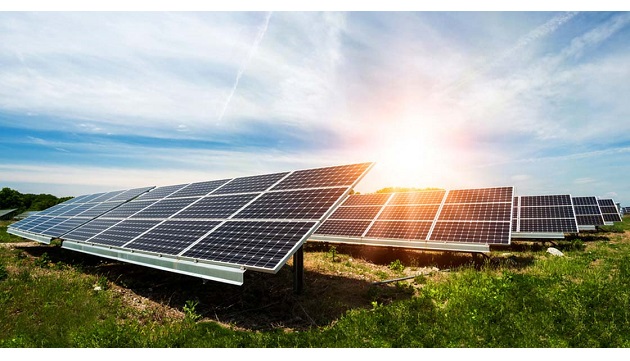The renewable energy ministry on Wednesday clarified that solar energy developers can install additional direct current (DC) capacity which can be higher than the contracted alternate current (AC) capacity.
Developers convert DC into AC for supplies to discoms. In some cases, they have set up larger power generation DC capacities than contracted AC capacities. The decision is likely to give some relief to solar energy developers. Some states consider higher DC capacity than contracted AC capacity as a violation of power purchase agreements (PPAs).
“The installation of additional DC Capacity of solar PV power plants should be left to developers,” Ministry of New and Renewable Energy (MNRE) said in a statement.
The MNRE has issued an advisory on November 5, saying as long as the solar PV power plant is in accordance with the contracted AC capacity and meets the range of energy supply based on capacity utilisation factor (CUF) requirements, the design and installation of solar capacity on the DC side should be left to the generator/developer.
The ministry further clarified that any person is entitled to set up any capacity which he desires to set up, and sell power to any entity which may want to buy it.
“Ensuring ease of doing business for the bonafide producers / developers is of the paramount importance to the country. We are committed for providing a hassle free path to the developers of renewable energy which could help India to achieve energy security in future along with a cleaner and sustainable environment,” Power and New & Renewable Energy Minister R K Singh said in the statement.
The MNRE said it has received representations from various solar developers/ solar developer Associations that recently few states have raised questions and concerns around globally adopted practice of installing additional DC capacity, over and above the nameplate / contracted AC capacity, with the objective of meeting the committed capacity utilisation factor (CUF) in PPAs / power supply agreements (PSAs).
The ministry said even if the installed DC capacity in a solar PV power plant, is in excess of the value of the contracted AC capacity, it is not violation of PPA or PSA, as long as the AC capacity of the solar PV power plant set up by the developer corresponds with the contracted AC capacity and that, at no point, the power (MW) scheduled from the solar PV power plant is in excess of the contracted AC capacity, unless there is any specific clause in the PPA restricting such DC capacity.
“The contracting party is not obliged to buy any power in excess of the contracted quantum. There is provision of penalty in case the supply falls short of the contracted quantity,” it added.






